Winter in Australia isn’t always about snow, but it does bring crisp mornings, shorter days, and frosty windscreens. If you’re heading for the Alpine regions, then it really is about snow and lots of it. Whether you’re commuting to work in suburban Sydney, cruising through country Victoria, or planning a ski trip to Thredbo or Mount Hotham, preparing your car for the colder months is crucial for your safety and peace of mind.
Here’s your comprehensive guide to getting your car winter-ready! From maintenance must-dos to driving tips and everything in between.
Take care of the battery, it’ll take care of you
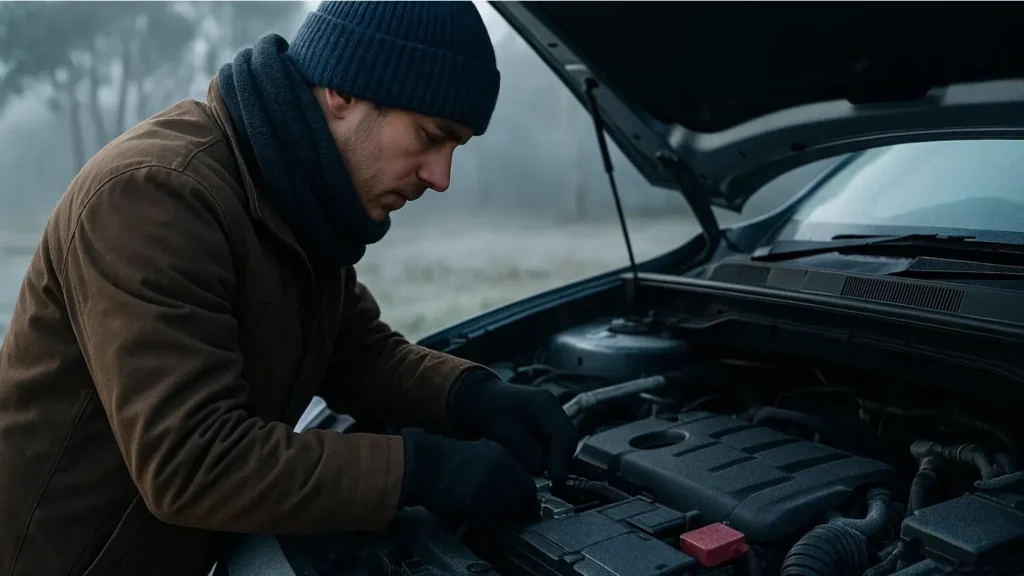
Cold weather makes your car’s electrical system work harder. Your heater, demister, and headlights are all drawing power, and your battery needs to be in top form to handle the load.
If your battery is more than three years old, it’s worth getting it tested by an auto electrician. Check that the terminals are clean and tight—any corrosion or rust buildup can cause issues.
Also, avoid parking on grass or soft earth in winter. The moisture underneath can cause condensation around the engine and ignition system, which increases the risk of current leakage or starting trouble.
Coolant and antifreeze: the cold-weather insurance your engine needs
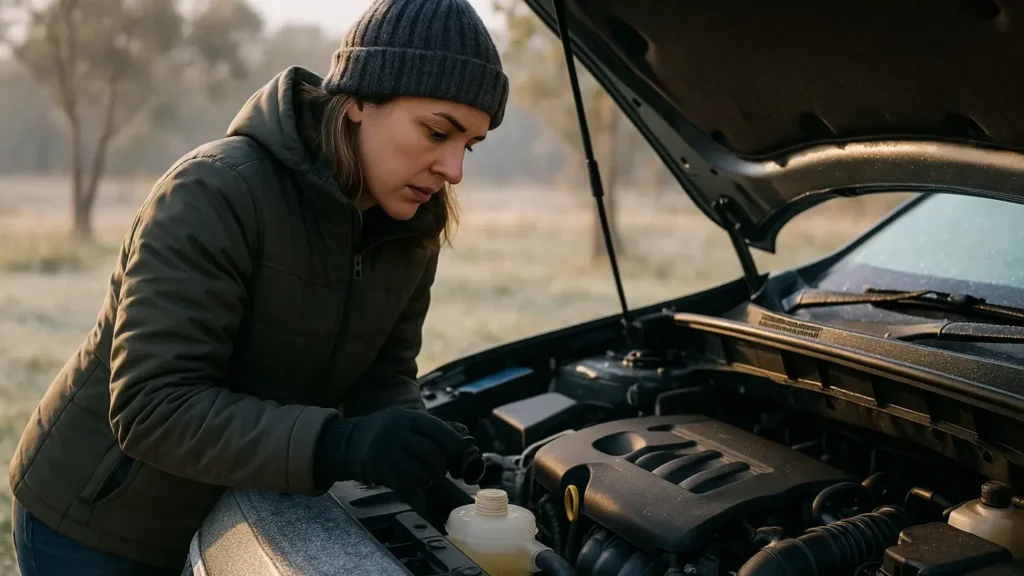
Your engine’s cooling system doesn’t just stop it from overheating—it also stops it from freezing. Modern coolants generally contain antifreeze, but it’s still important to check the concentration is right for the temperatures you’ll be driving in.
If you’re heading to colder areas, especially in Alpine New South Wales or Victoria, a proper mix of coolant and antifreeze is essential to keep your engine from seizing. The same goes for your windscreen washer fluid—standard water may freeze on contact with a cold windscreen. That’s not only annoying, but it can also be dangerous if your visibility is reduced.
Tyres and snow chains: traction is everything

Tyres are your only point of contact with the road, so they need to be in top shape, especially on cold, wet, or icy surfaces. Depending on the kind of ride you own, you might have separate sets of winter and summer tyres in which case, it is essential to swap over in time before there’s a chance for an accident.
If you’re running the same tyres for all seasons, start by checking the tread depth. In Australia, the legal minimum is 1.5mm, but in winter, the more tread, the better. Also, inspect for uneven wear or sidewall damage. Tyre pressure tends to drop in colder weather, so keep an eye on it too—check the tyres when they are cold for an accurate reading.
If you’re planning a snow trip, snow chains are not optional—they’re legally required in many Alpine regions. Make sure you have the correct size chains for your tyres and practice fitting them before your trip. When you see the sign telling you to fit them, you’ll be glad you rehearsed.
Lights, wipers, and drive belts: small parts that make a big difference
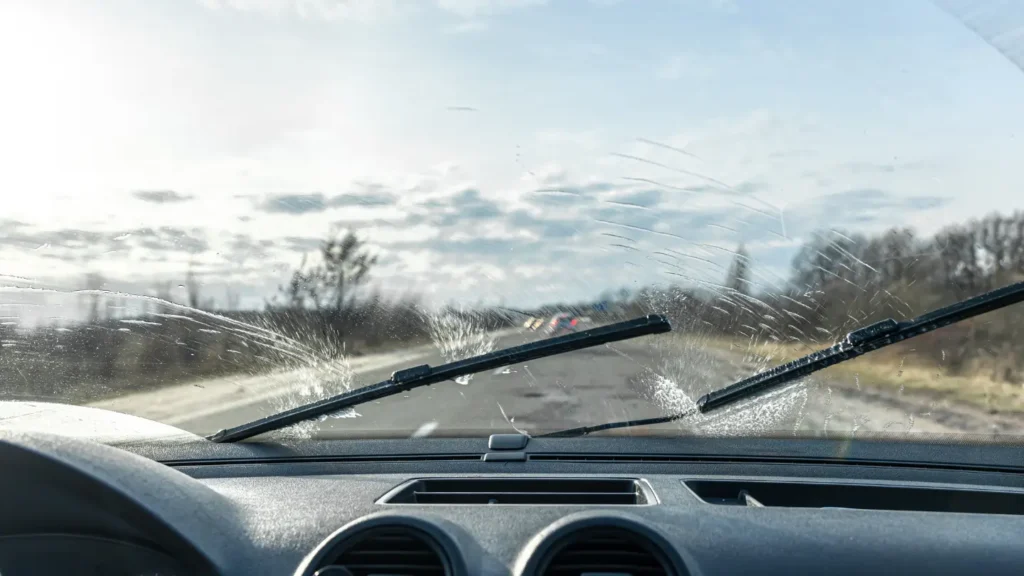
Winter brings shorter days, heavy fog, and rain—all of which affect your visibility on the road. Ensure all your lights are functioning properly, and inspect for cracks or moisture inside the lenses, as these can lead to corrosion and bulb failure. Carry a few spare globes just in case.
Replace worn wiper blades—they can harden and crack in cold weather, making them less effective. Also, use a proper windscreen cleaning fluid in your washer bottle, not just water.
Drive belts (like your fan belt) often go unnoticed until they snap. Before winter sets in, check for signs of wear, such as cracks or fraying. It’s also a good idea to check the belt tension or have your mechanic do it for you.
Fuel checks: matters more than you think

If you drive a diesel vehicle, be aware that cold temperatures can cause diesel to “gel,” which can clog your fuel system. Luckily, most fuel stations near Alpine regions stock Alpine-mix diesel, specially blended with additives to prevent this. Plan your fuel stops so you top up close to your snow destination.
Driving a dual-fuel car (like LPG/petrol)? Consider switching to petrol while you’re in colder areas for smoother starts and better reliability.
Winter emergency kit: be ready for anything
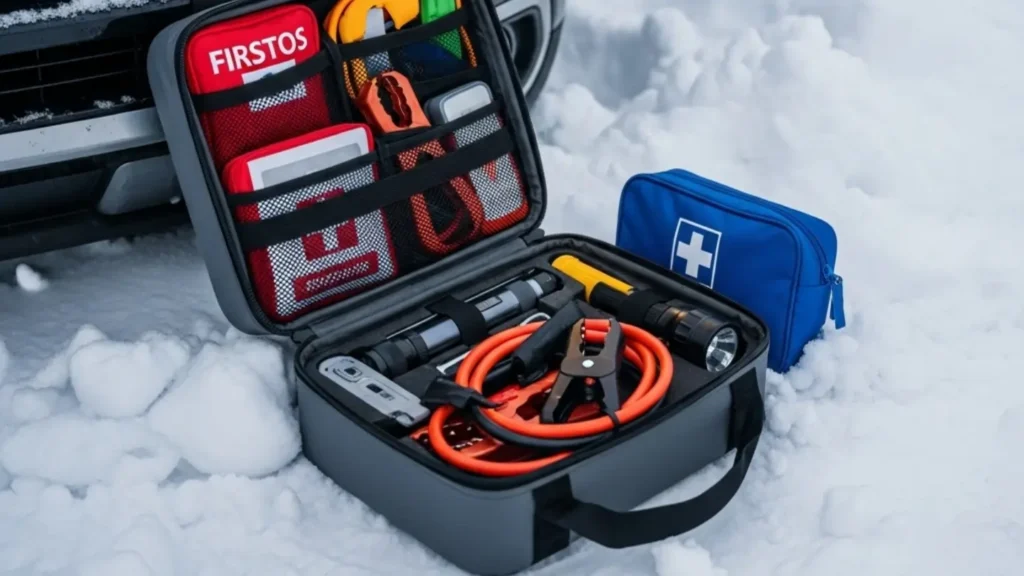
Even if you’re not heading off the beaten path, it’s always a good idea to carry a basic emergency kit in winter. The essentials include:
- A working torch with spare batteries
- First aid supplies
- A blanket or two (or compact emergency thermal blankets)
- An ice scraper and a small spade
- Rope or tow strap
- Gloves, a tarp, and even a few hand warmers if you’re off to the snow
You’ll hopefully never need it, but you’ll be glad to have it if you do.
Adjust your driving style: don’t rush winter roads
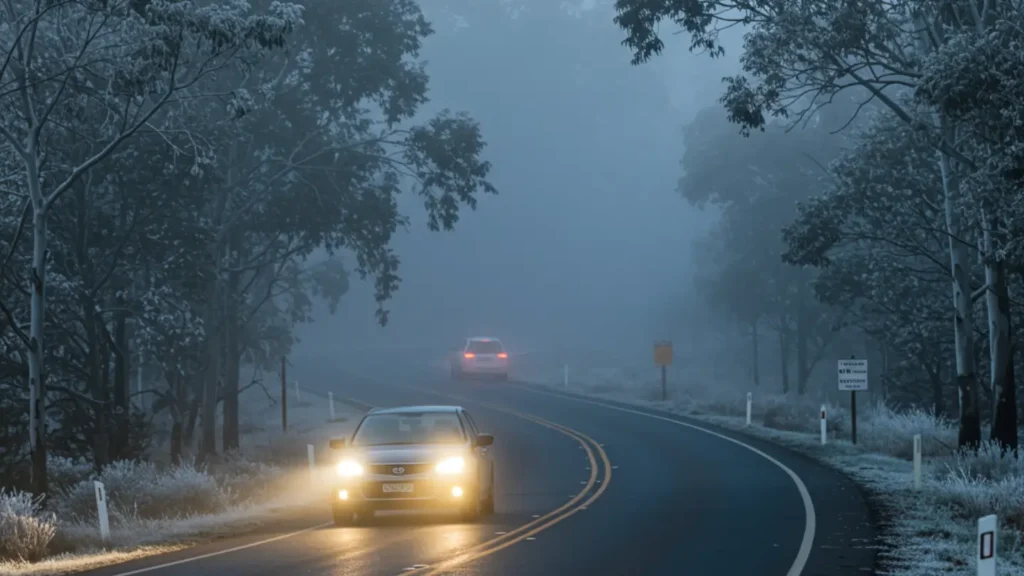
Driving in winter means adapting to the conditions. On cold, wet, or icy roads, grip is significantly reduced, and braking distances are longer. Slow down and leave extra space between your vehicle and the one in front. Use your gears for engine-braking (as long as you don’t redline the revs, it’s safe to do) rather than relying solely on brakes to reduce speed, and avoid sudden steering inputs that could lead to skidding.
Keep your headlights on low beam when driving in snow or fog to improve your visibility without blinding others. Be extra cautious at dawn and dusk, when wildlife is more active, especially in regional or mountainous areas.
In conclusion: Winter prep is peace of mind
Prepping your car for winter in Australia doesn’t have to be complicated, but it is essential. A few simple checks and tweaks can make the difference between a smooth trip and a roadside disaster. Whether you’re just commuting in Canberra or heading to snowy peaks for a weekend getaway, stay safe, stay warm, and make sure your car is ready to take on the cold.

Comments
New Comment